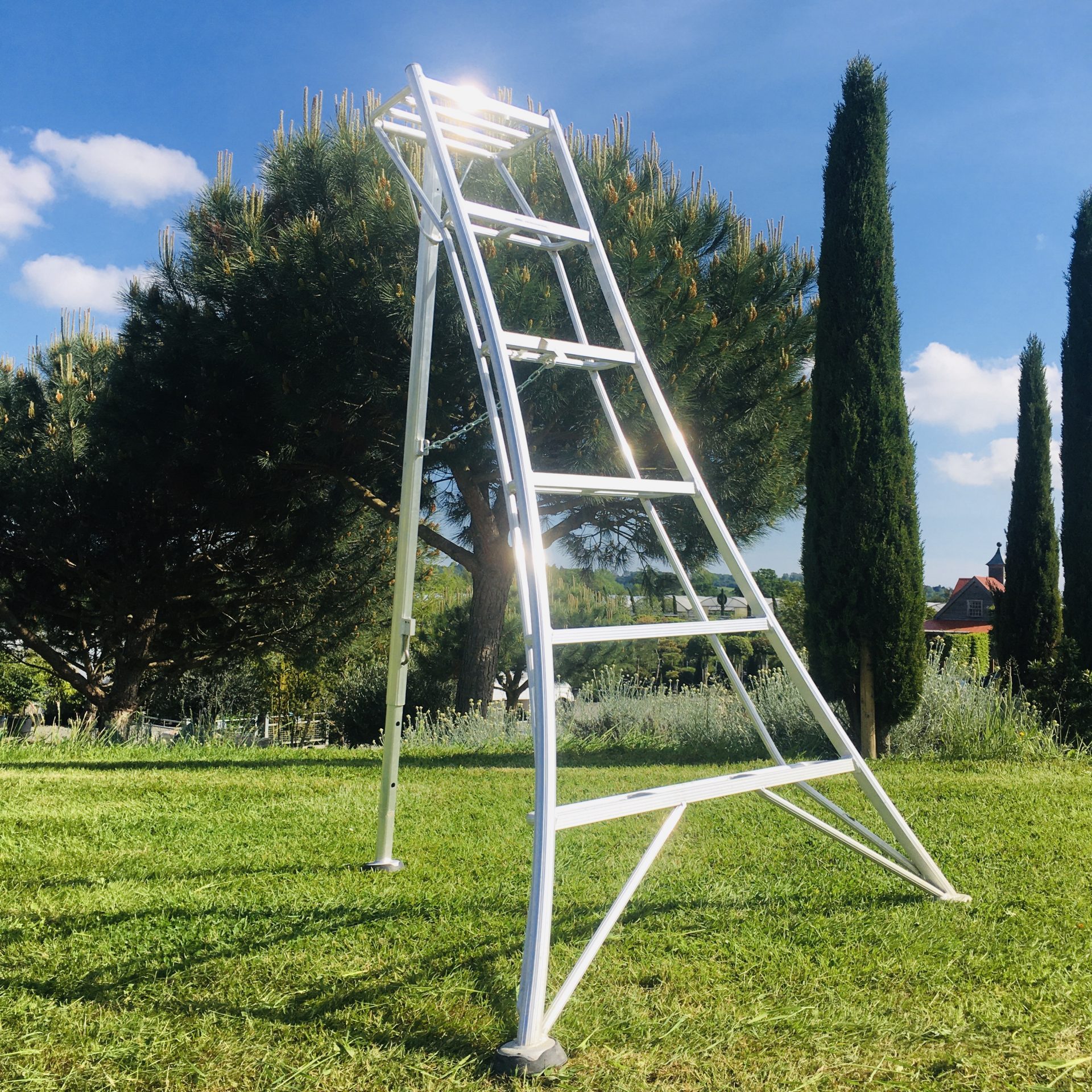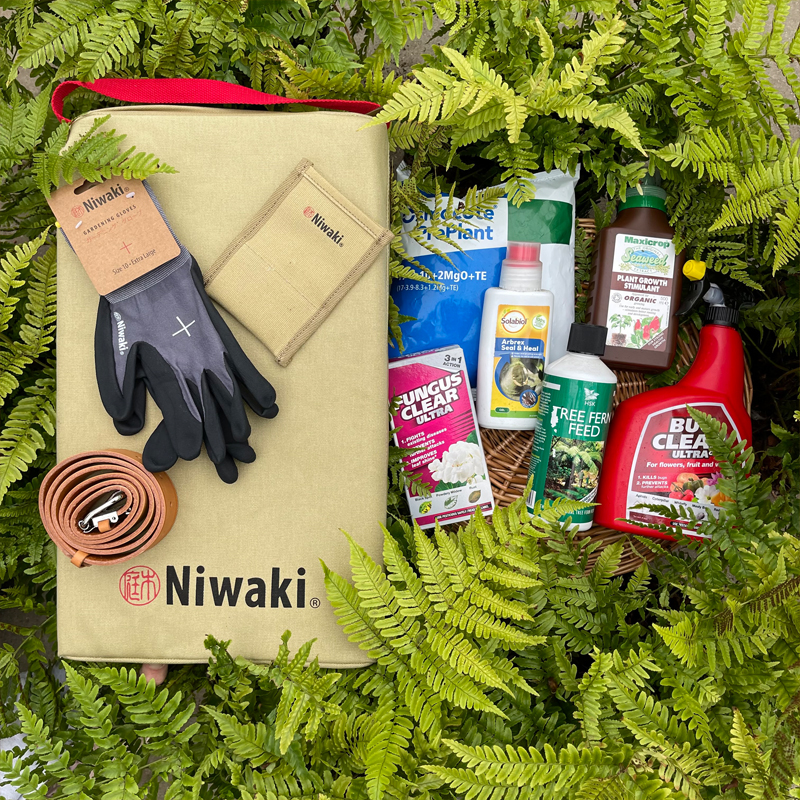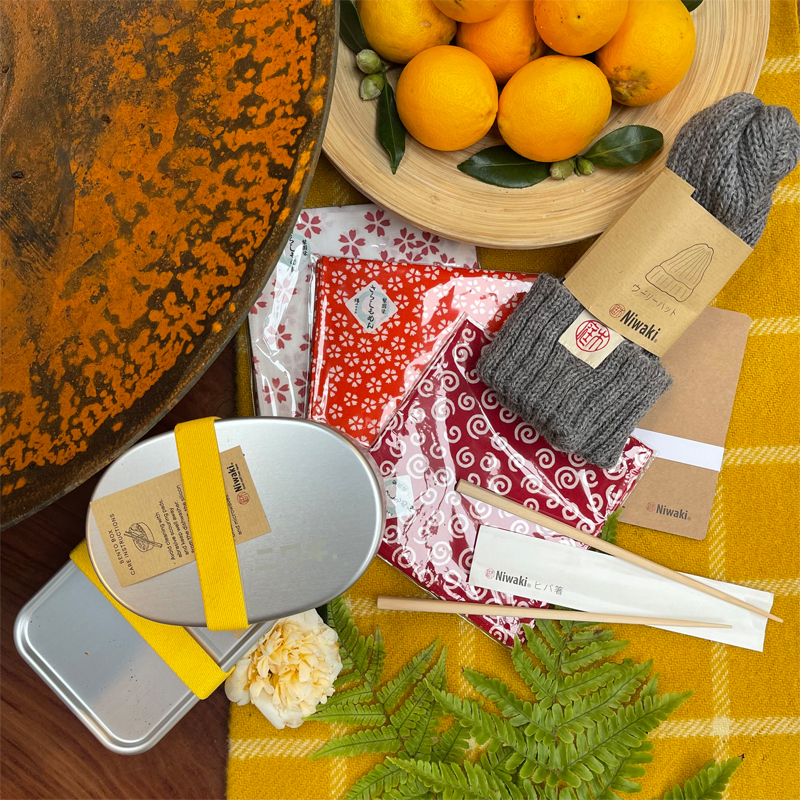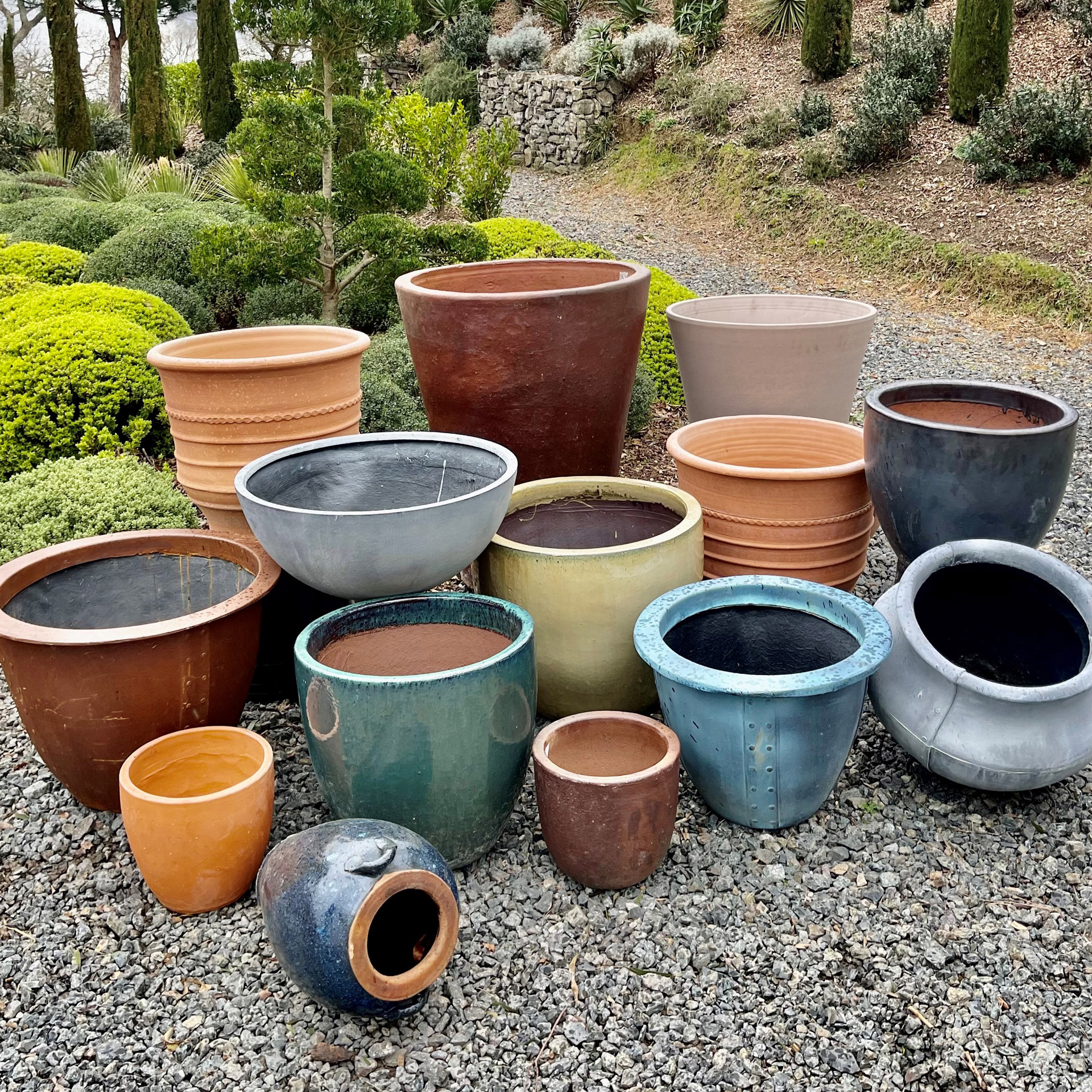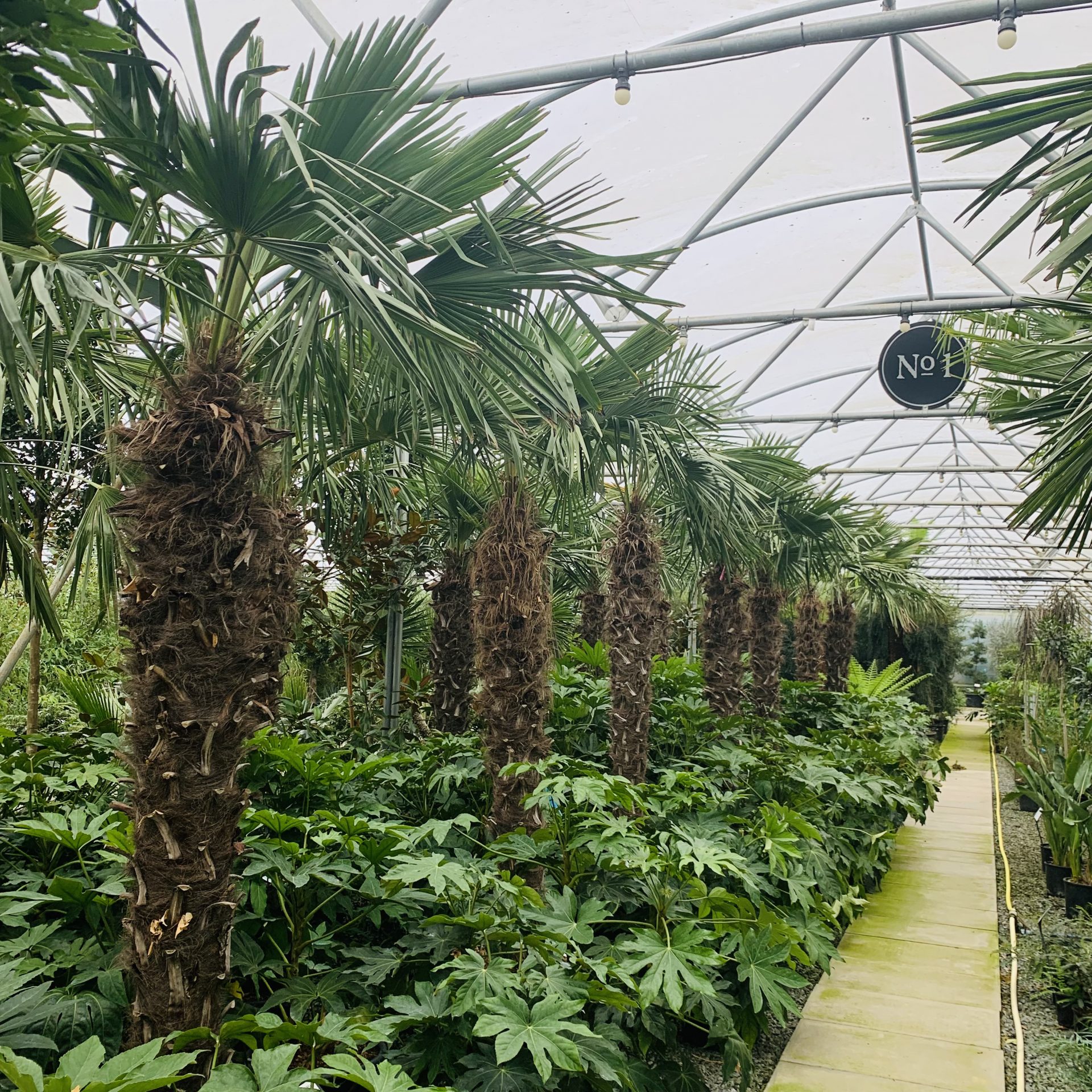Hedera caneriensis
At its best, the glossiest, biggest and most extrovert of all the ivies. We first spotted it covering the ground in in Ranelagh Gardens in Chelsea – just over the road from where the Chelsea Flower Show’s held. Avoid too much sun to maintain the glossiness and healthiness but it clearly doesn’t mind a bit of morning sun; the attached picture is it covering an east facing wall of a farm building. It needs a good hack back when it gums up the gutters and obliterates the windows but that’s easily done with a good sharp pair of shears. Treat it like a hedge. The more you cut it back, the denser and tighter it looks.
Any old soil, including chalk. A bit more liable to get nibbled if it’s used as ground cover but cut it back in mid summer and see it come back again all glossy and lovely once more. If you’re in a hurry, you could always strim it. Despite being native to the Canary Islands, it’s completely hardy.
Severe frost (-4°c or below) will give the leaves a glazed, pendulous look. It can look terminal but it’s not. They recover wonderfully well as soon as the temperature rises.
Propagated by us from cuttings from original material from Ranelagh Gardens, Chelsea. 1988.
N.B. When clipping several plants with the same tool, have a bucket containing a 5% bleach solution and swish your blades around for 30 seconds between plants to sterilise them. This will help avoid the chance of cross contamination of disease.
As with all woody plants, plant high, exposing as much of the taper at the base of the trunk as possible. Allowing soil to accumulate round the base of a tree can be fatal. Keep very well watered when first planted.
Showing the single result






